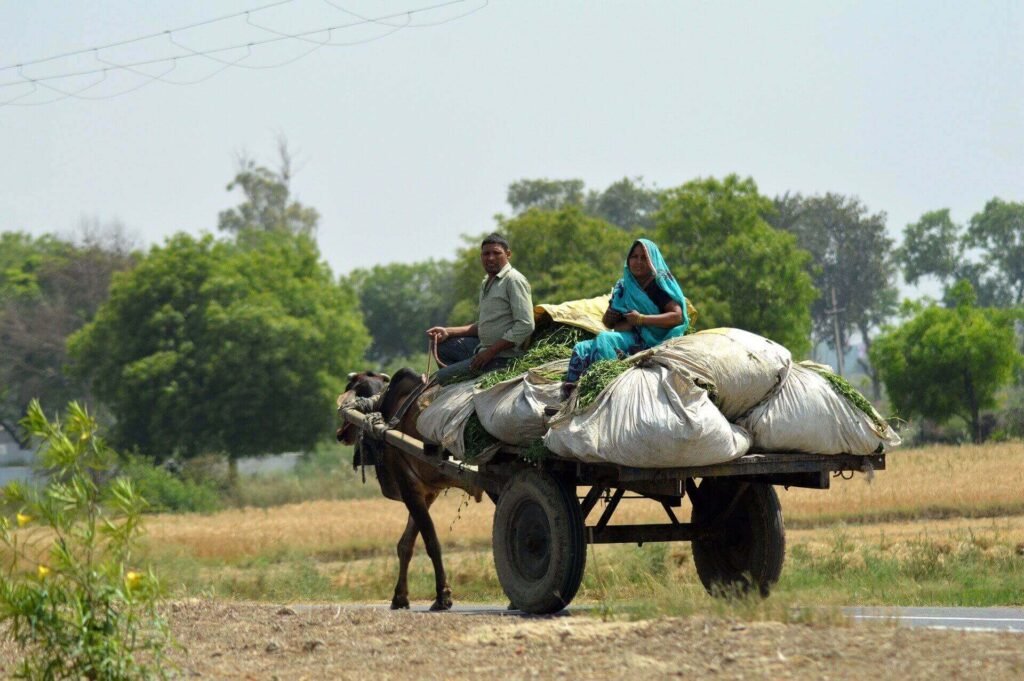Adrihalli Village | Bhadravati Taluka
Description
Adrihalli Village, Bhadravati Taluka, Shimoga District, Karnataka
Overview
Adrihalli is a medium-sized village located in Bhadravati Taluka of Shimoga district, Karnataka. It is characterized by its higher-than-average literacy rate and a unique demographic composition.
Demographics
Population
- Total population: 608
- Males: 299
- Females: 309
- Number of families: 144
Gender Statistics
- Sex Ratio: 1033 females per 1000 males (higher than Karnataka state average of 973)
- Child Sex Ratio (0-6 years): 1053 girls per 1000 boys (higher than Karnataka average of 948)
Age Distribution
- Children (0-6 years): 78 (12.83% of total population)
Literacy
Adrihalli boasts a higher literacy rate compared to the state average:
- Village literacy rate: 77.36%
- Karnataka state literacy rate: 75.36%
- Male literacy rate: 83.91%
- Female literacy rate: 71.00%
Social Composition
Caste Distribution
- Schedule Caste (SC): 504 (82.89% of total population)
- Males: 247
- Females: 257
- Schedule Tribe (ST): 0 (No ST population recorded)
Economy and Workforce
Work Participation
Total workers: 363 (59.70% of total population)
- Males: 182
- Females: 181
Nature of Work
- Main Workers (employed for more than 6 months): 150 (41.32% of total workers)
- Cultivators (owners or co-owners): 113
- Agricultural laborers: 34
- Other main workers: 3
- Marginal Workers (employed for less than 6 months): 213 (58.68% of total workers)
- Males: 45
- Females: 168
Governance
Adrihalli village is administered by a Sarpanch (Head of Village), who is an elected representative, as per the Constitution of India and Panchayati Raj Act.
Infrastructure
Information about schools and hospitals in Adrihalli village is not available in the provided data.
Conclusion
Adrihalli stands out as a village with a balanced gender ratio and a literacy rate higher than the state average. The village economy appears to be primarily agricultural, with a significant portion of the population engaged in cultivation. The high percentage of Scheduled Caste population and the absence of Scheduled Tribes indicate a unique social composition. The higher number of marginal workers, especially among females, suggests potential for economic development initiatives to create more stable employment opportunities.

